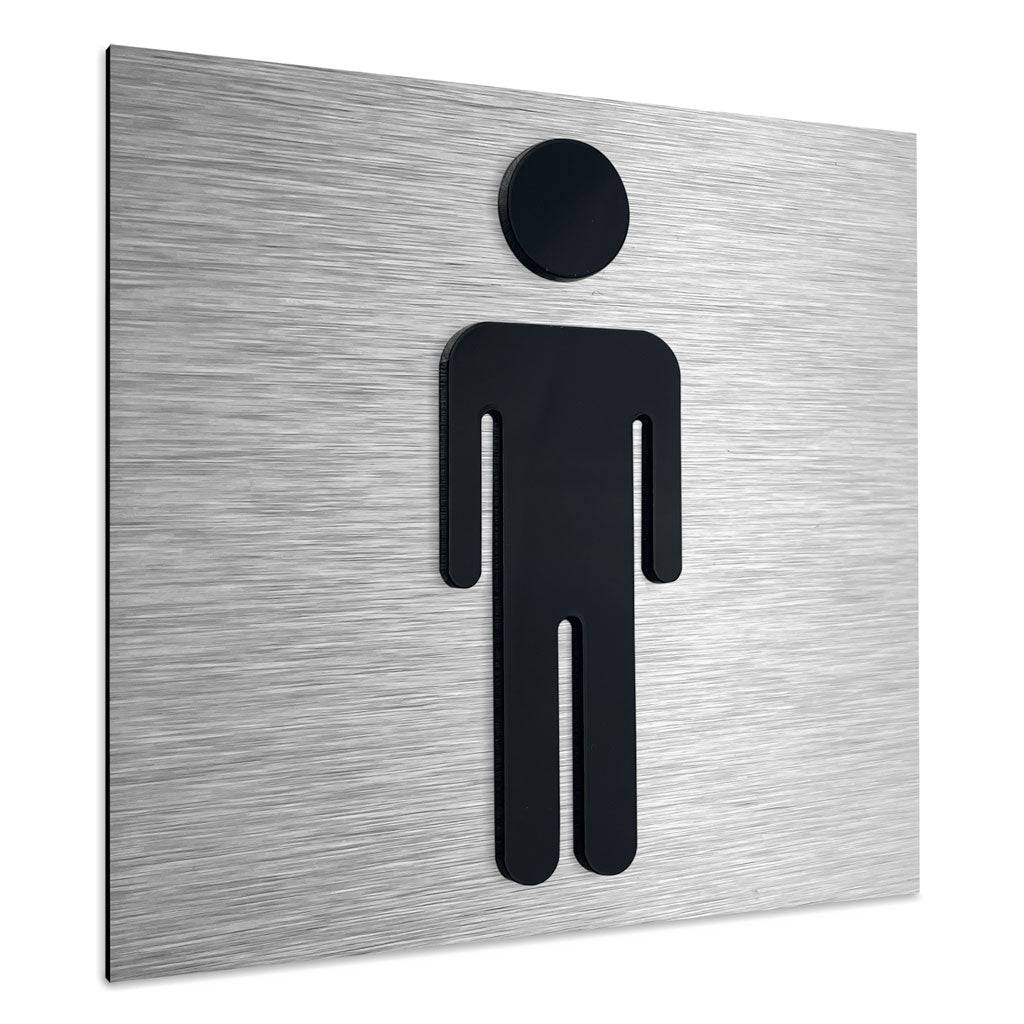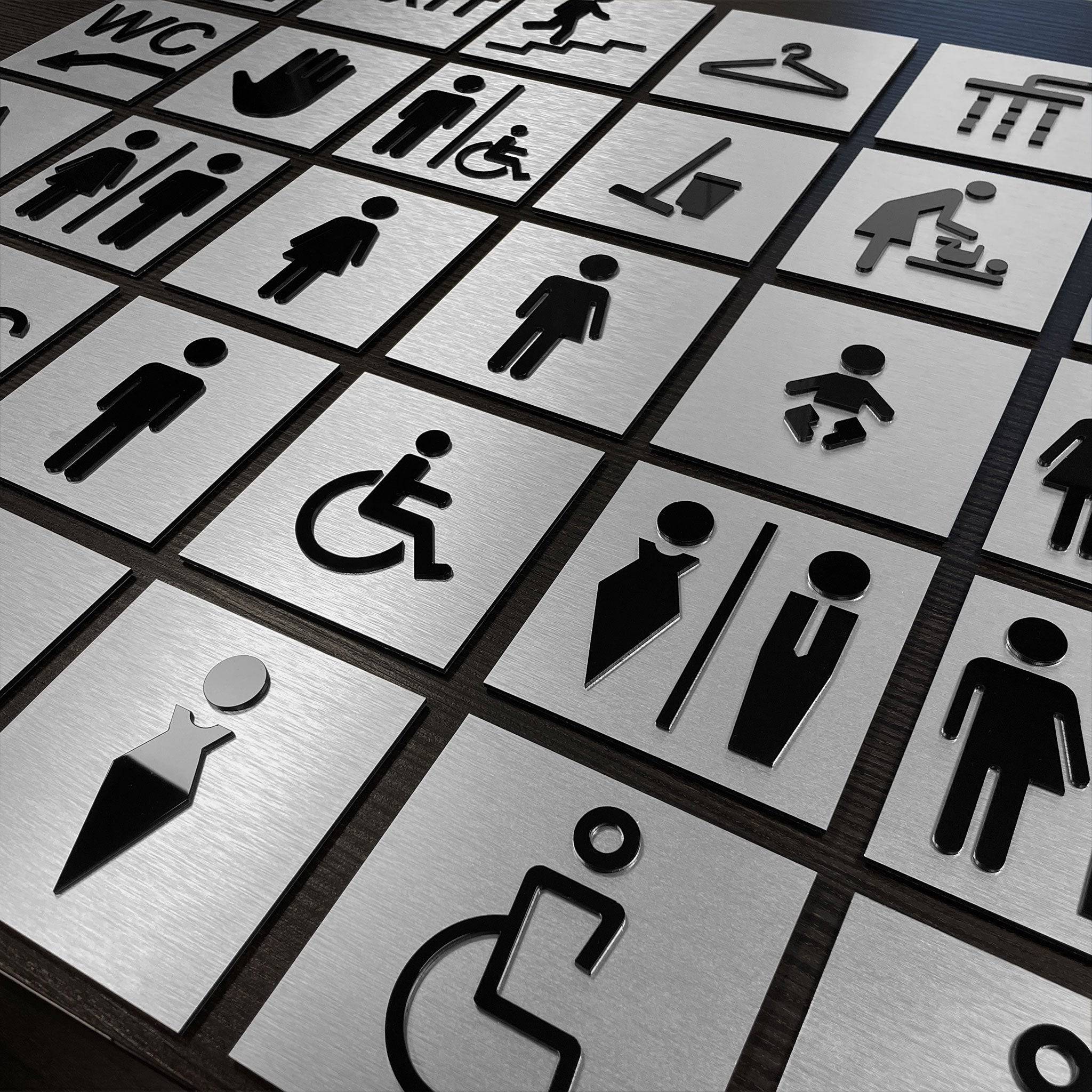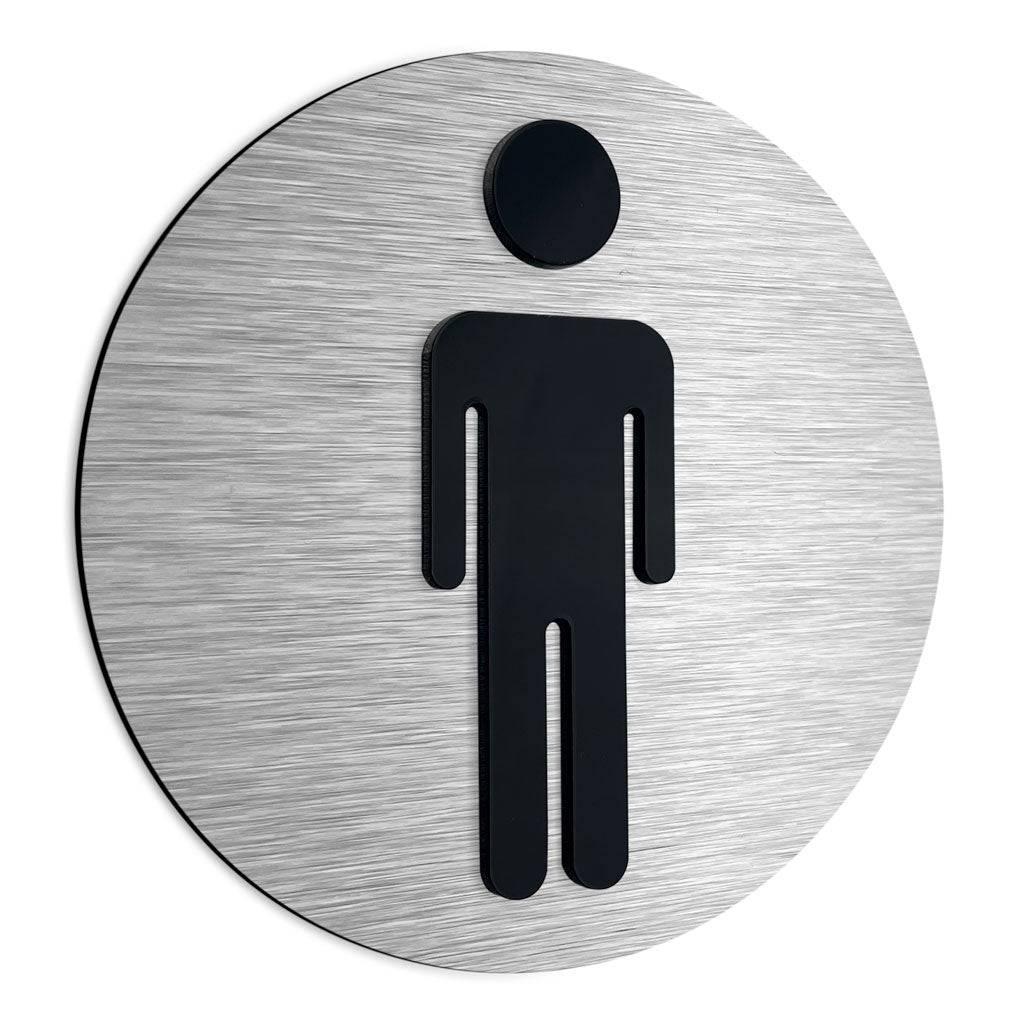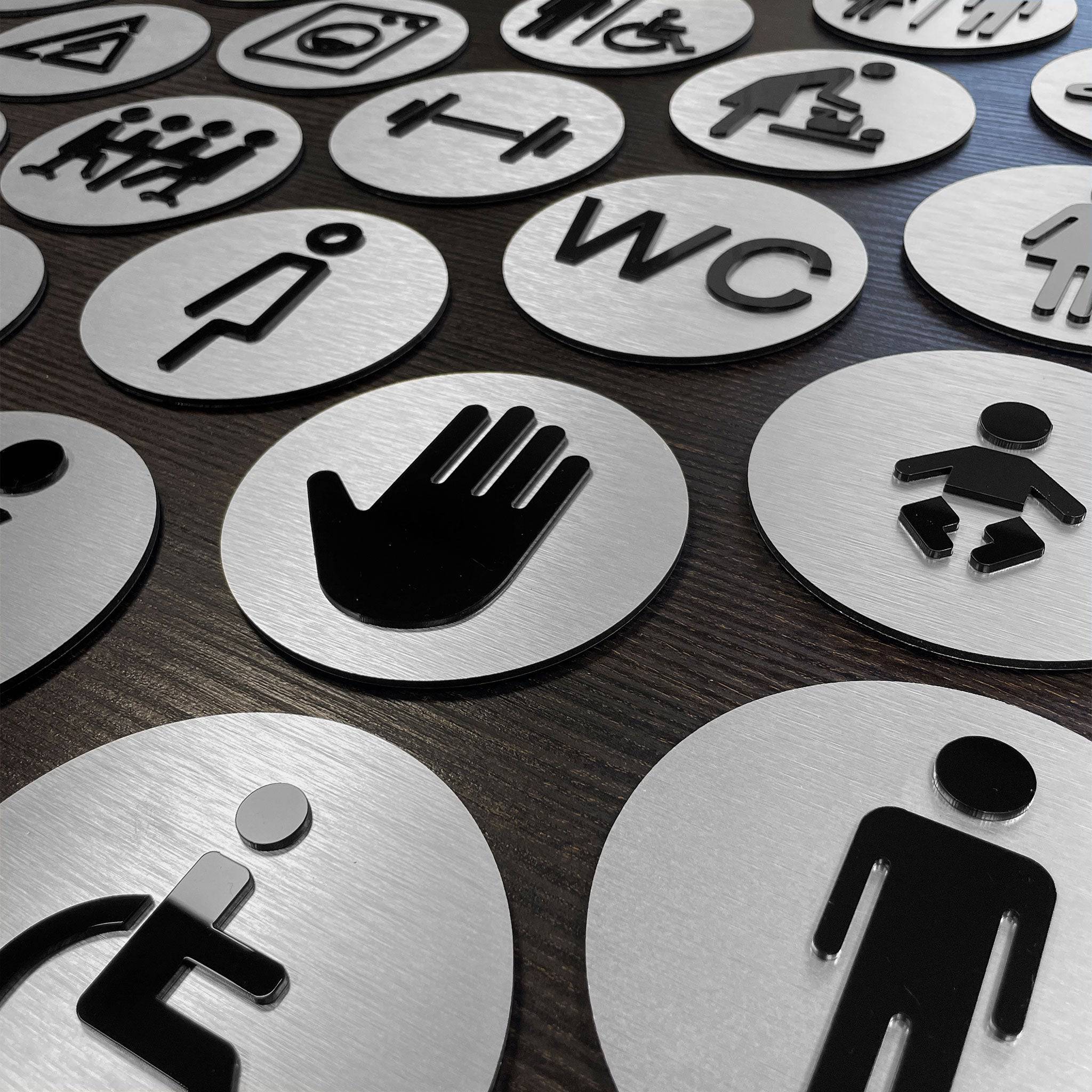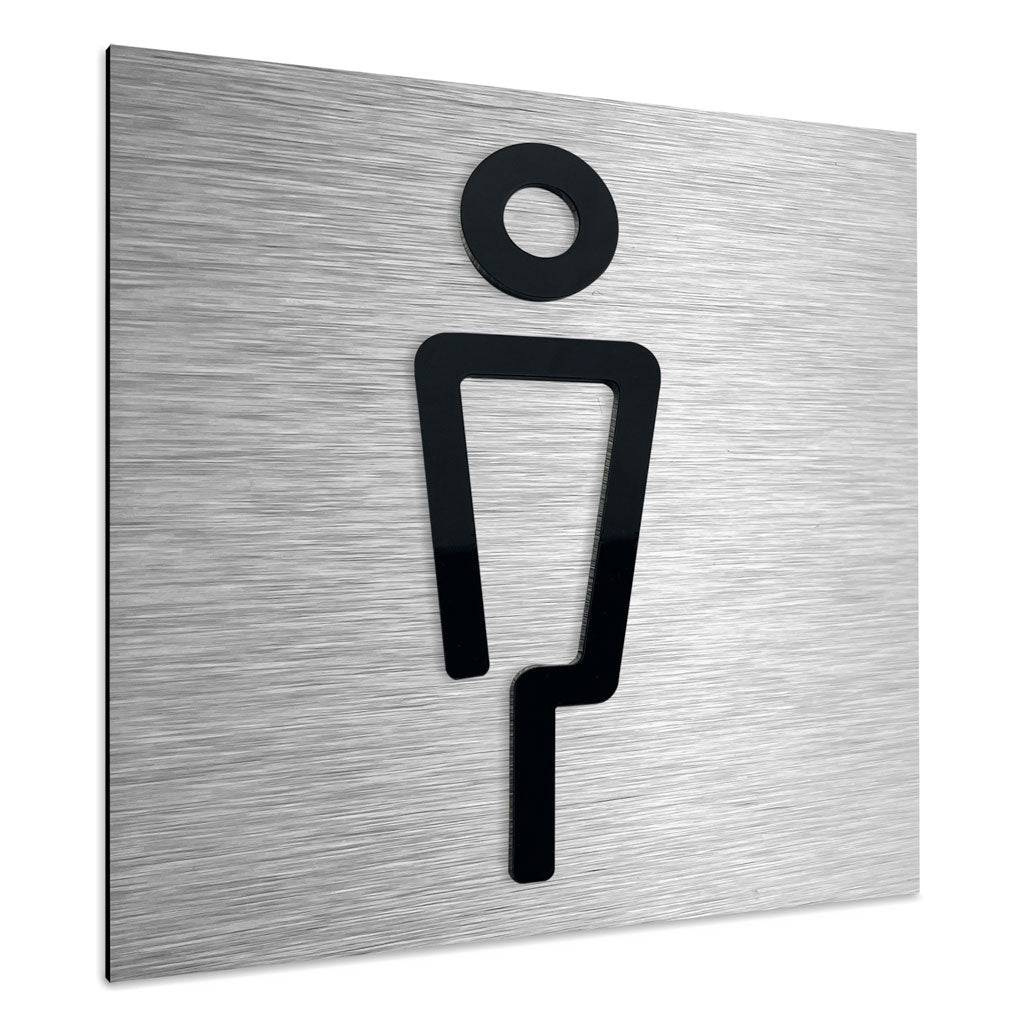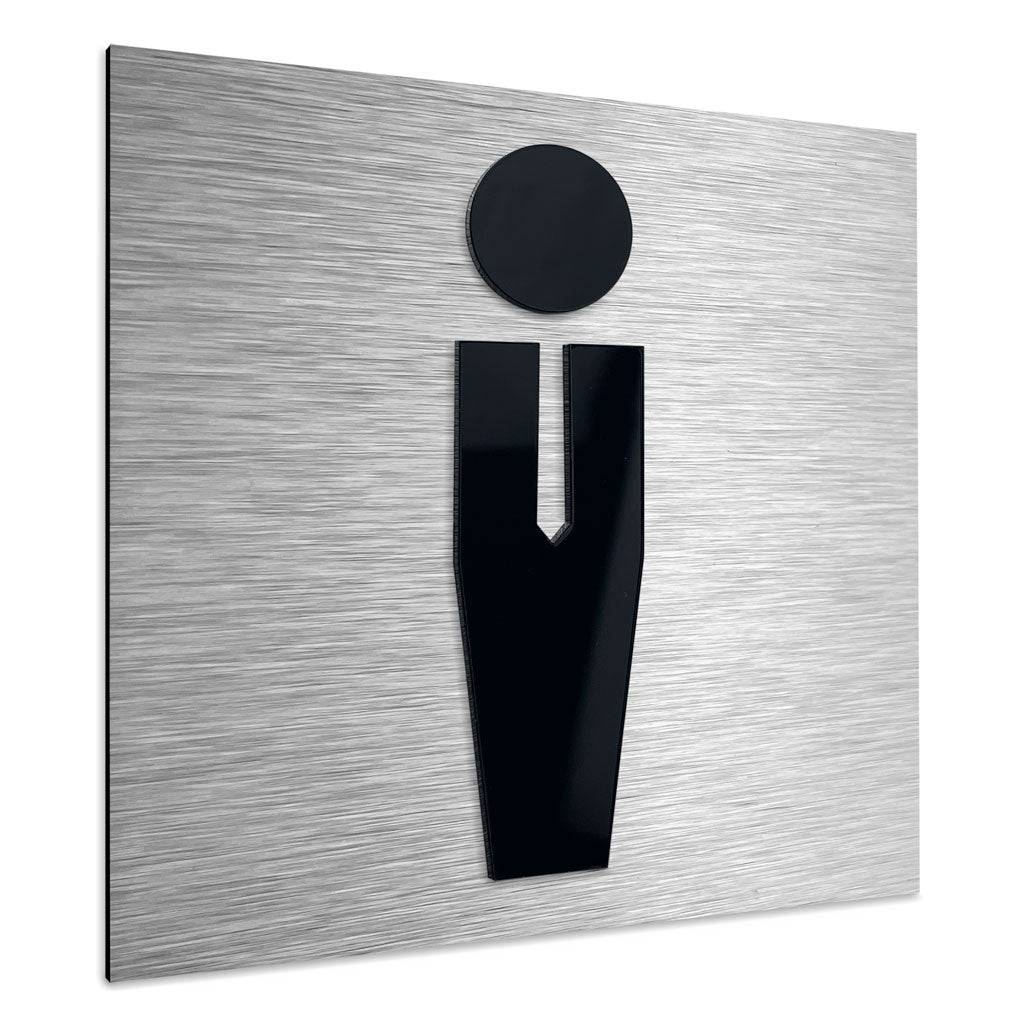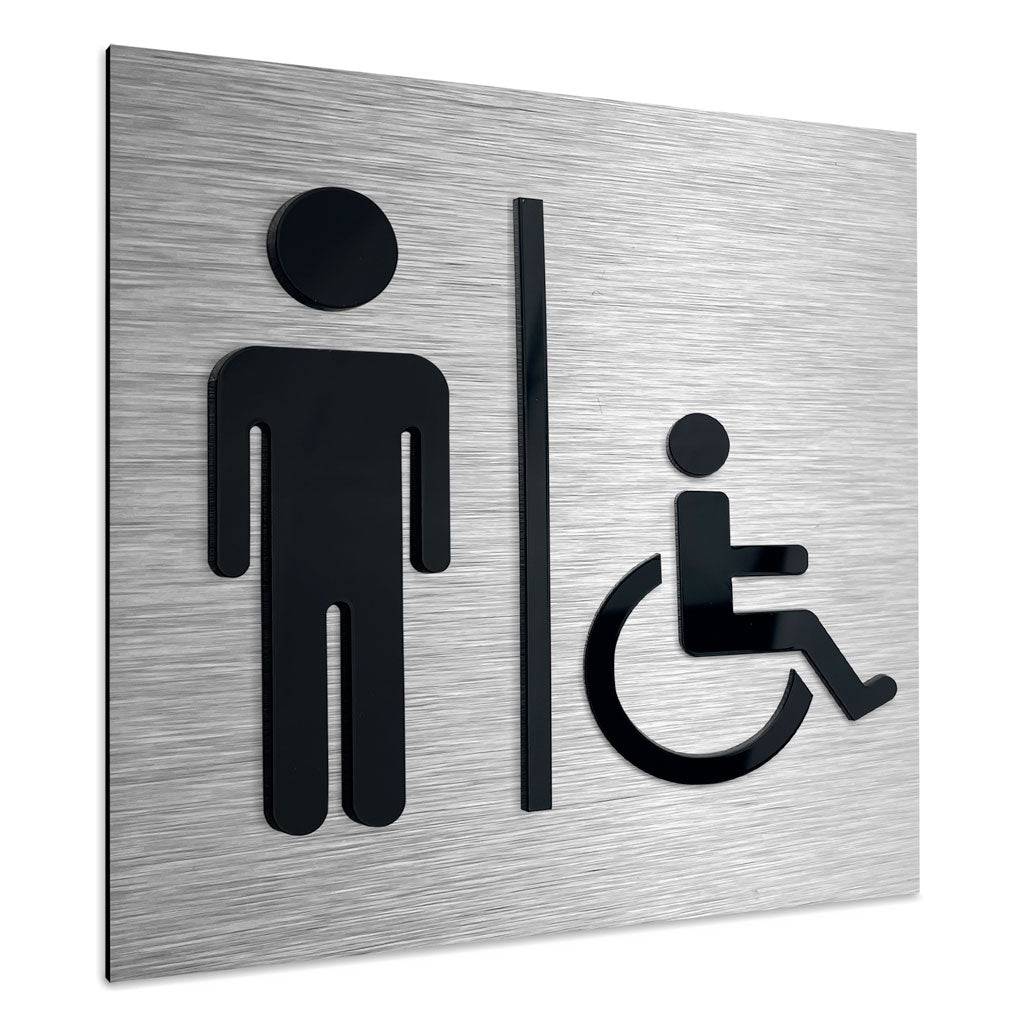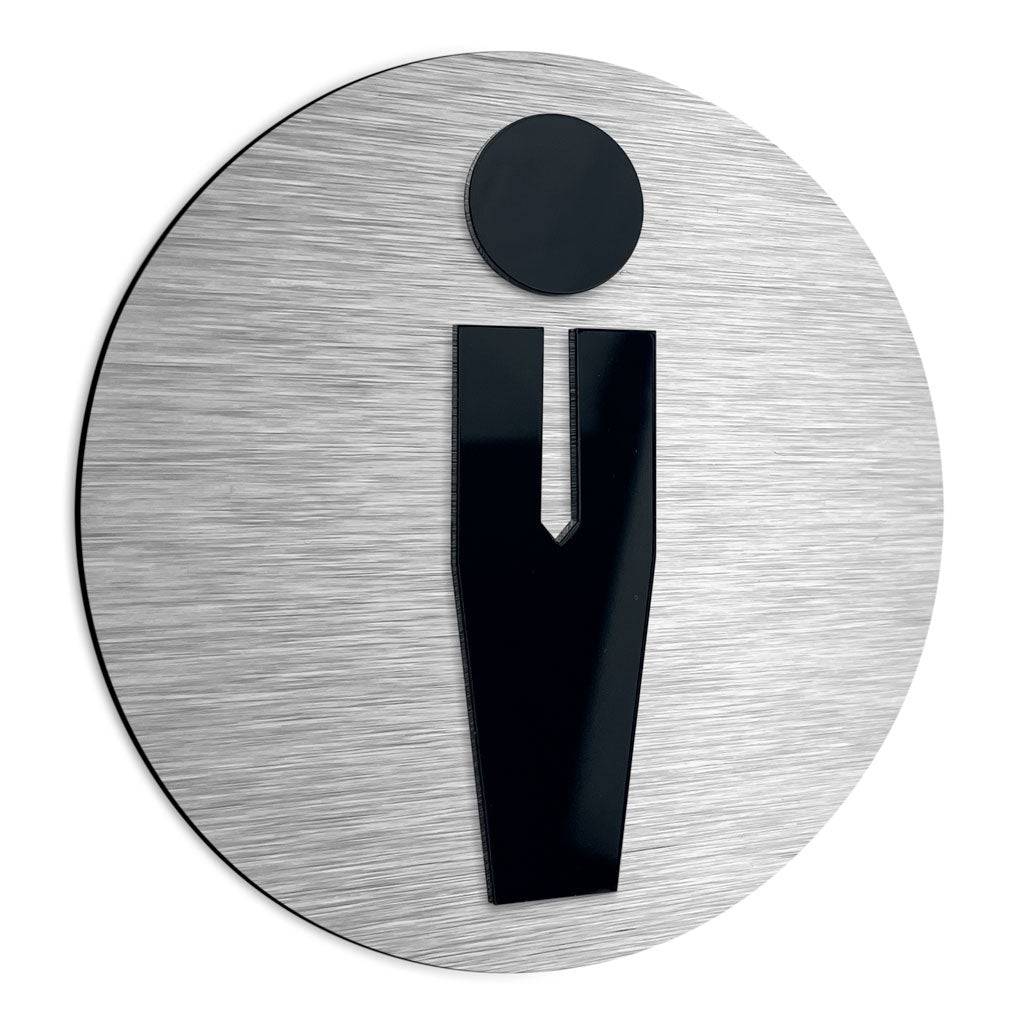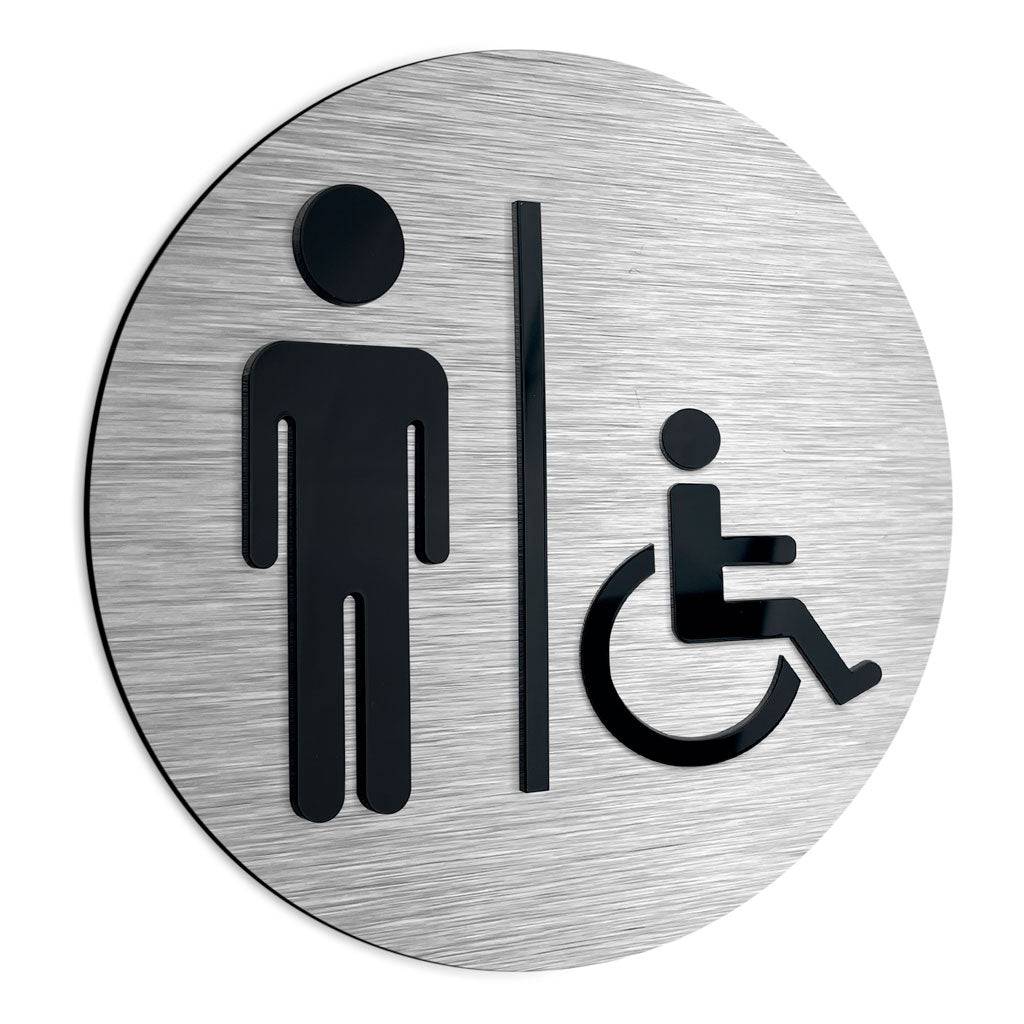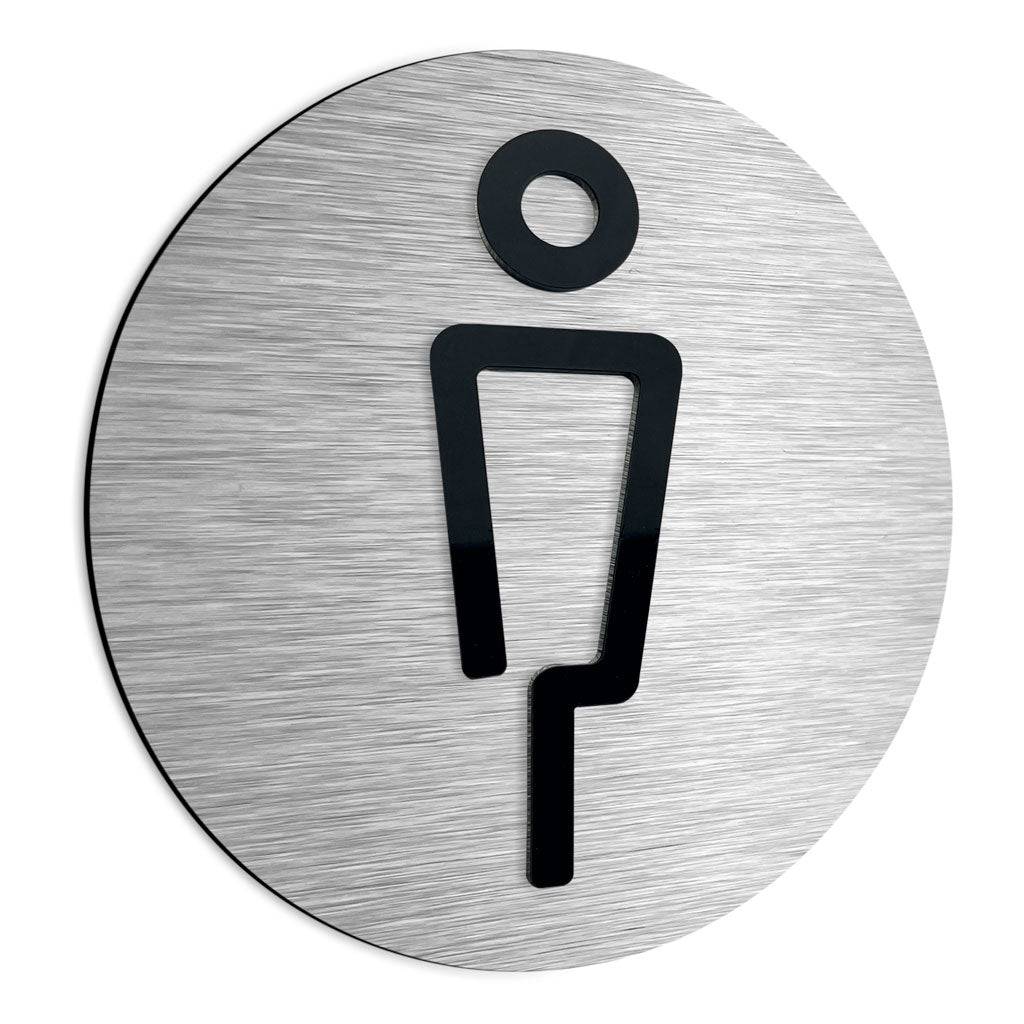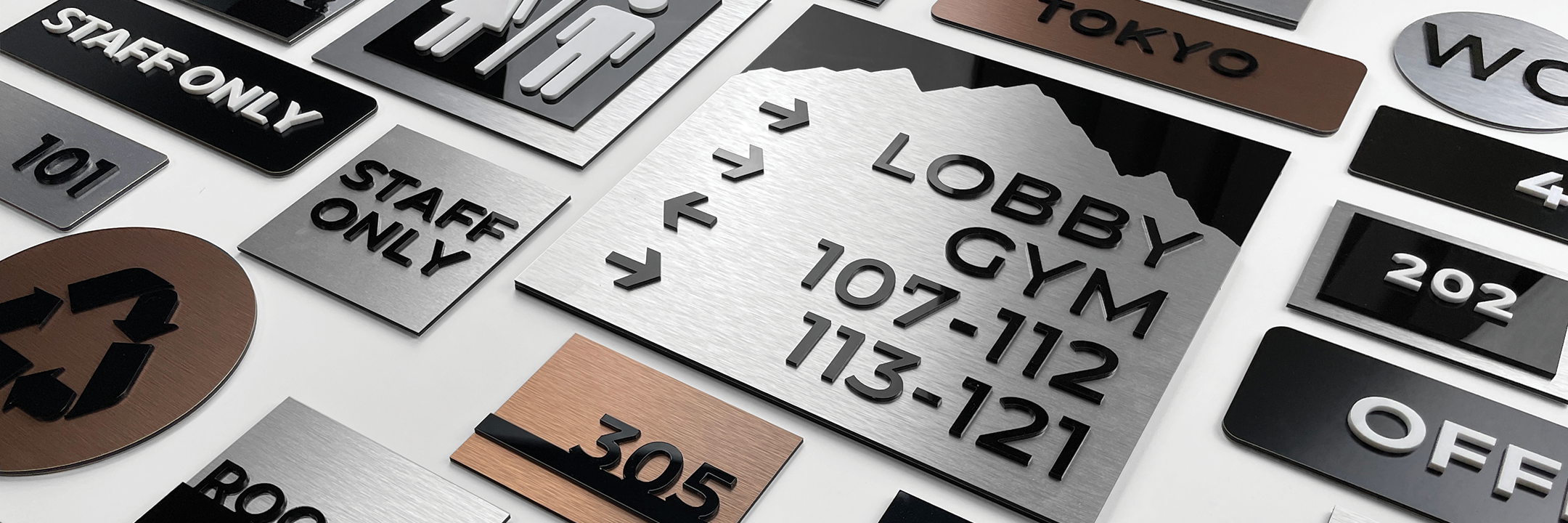MEN RESTROOM SIGNS
8 Produkte
1 - 8 von 8 Produkten werden angezeigt
Men Restroom Signs: Clear, Compliant & Stylish Solutions for Every Space
What Are Men Restroom Signs?
Men restroom signs are visual indicators used to identify male-designated bathroom facilities. Typically featuring a male silhouette, the word “Men,” or a combination of both, these signs play a critical role in public navigation and facility management.
They help visitors locate facilities easily, reduce confusion, and support safety in shared or commercial environments.
Importance of Proper Restroom Signage for Men
In any public or commercial building, restroom signs are essential for:
-
Navigation: Helping users find restrooms quickly without asking
-
Compliance: Meeting ADA and local safety regulations
-
User comfort: Providing clear identification that avoids awkward encounters
-
Brand perception: Stylish signage shows attention to detail and professionalism
In places like airports, schools, offices, and restaurants, poor signage can lead to inconvenience or even complaints.
Common Designs for Men Restroom Signs
There are several design approaches to men restroom signs:
Pictogram-Based Signs
The most recognizable symbol is a male figure—often represented in:
-
Traditional form: Circle head, body with pants
-
Modern form: Minimalist silhouette
-
Inclusive variants: Icons that align with accessibility guidelines
Mistakes to Avoid When Choosing Restroom Signs
When selecting restroom signs, especially for high-traffic or commercial environments like hotels, offices, or public spaces, small oversights can lead to major usability issues. Poorly chosen signs may cause confusion, violate legal standards, or even damage a brand's image. To make your signage functional, inclusive, and compliant, here are the key mistakes to avoid:
1. Using Ambiguous or Outdated Symbols
A restroom sign should communicate its purpose instantly. Avoid:
-
Overly artistic or abstract icons
-
Symbols that do not clearly depict gender or function
-
Outdated designs that may not reflect inclusivity
Tip: Stick with internationally recognized pictograms or clearly labeled text to avoid confusion.
2. Ignoring ADA and Accessibility Standards
One of the most common—and costly—mistakes is ignoring accessibility compliance. The Americans with Disabilities Act (ADA) mandates specific requirements for restroom signs, including:
-
Raised tactile lettering
-
Grade 2 Braille
-
High contrast backgrounds
-
Installation height between 48–60 inches from the floor
Non-compliance can result in legal fines and user dissatisfaction.
3. Poor Contrast and Color Choices
Low-contrast signs (e.g., dark text on dark backgrounds) can be hard to read. Similarly, using decorative fonts or colors that blend into walls decreases visibility.
Avoid:
-
Metallic letters on glass
-
Light text on light backgrounds
-
Overly stylized or cursive fonts
Best Practice: Use high contrast colors and bold, simple fonts to ensure readability from a distance.

